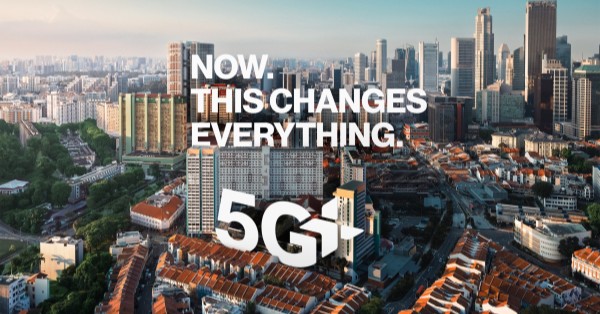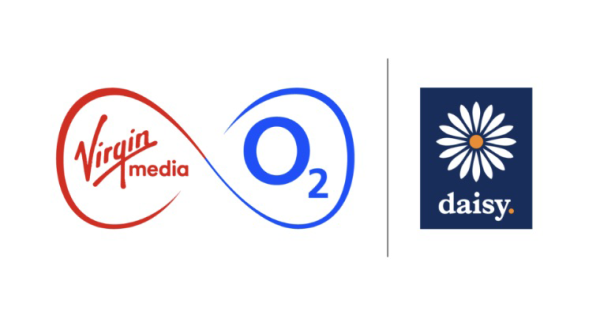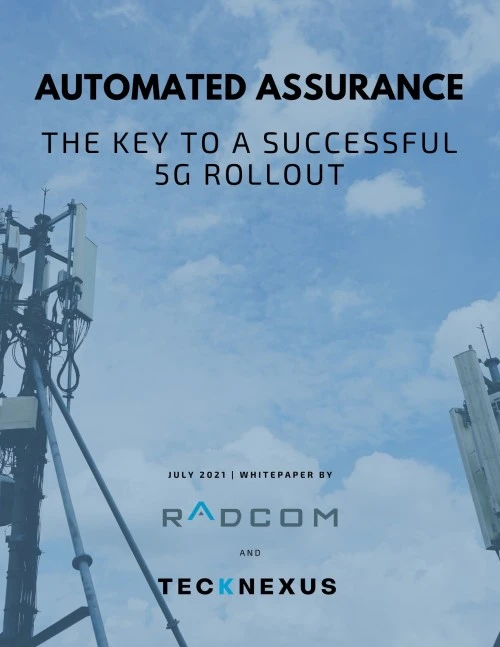Turkcell, in partnership with Ericsson, has recently achieved a significant breakthrough in 5G connectivity by successfully completing a 5G Standalone (SA) network slicing proof of concept (PoC). This pioneering demonstration not only highlights the ability to instantaneously create tailored 5G network slices to address the distinct connectivity demands of both enterprises and consumers but also showcases the ability to manage multiple slices on a single 5G device. This development is crucial for introducing flexible charging schemes and underscores the transformative potential of 5G SA networks.
Understanding Network Slicing
At its core, network slicing involves the partitioning of a single physical network into multiple virtual networks, allowing each slice to serve a specific purpose or application. During the PoC, Turkcell and Ericsson exhibited how different user profiles, such as ‘work’ and ‘personal’, could be assigned to separate network slices on a 5G device. This innovation grants developers, businesses, and users unprecedented control over their network capabilities, emphasizing the strategic advantage of adopting 5G SA technology.
Technical Infrastructure and Execution
The trial was executed on a cutting-edge 5G Core testbed located within Turkcell’s Telco Cloud infrastructure. This setup included Ericsson’s versatile dual-mode 5G Core and innovative Dynamic Radio Resource Partitioning for 5G RAN Slicing, alongside the comprehensive Ericsson Radio System suite. Ericsson Orchestrator facilitated crucial automation capabilities, while Ericsson Charging introduced a novel approach to billing based on specific slice characteristics.
Key to the PoC’s success was the use of Ericsson Dynamic Network Slice Selection, which incorporates the User Equipment Route Selection Policy (URSP). This technology enables a singular device to access multiple network slices concurrently, ensuring a seamless separation of services and optimizing traffic management to enhance the user experience.
Advancing Automation for 5G Use Cases
Ericsson Orchestrator is instrumental in automating operations across both virtual and cloud-native network functions (VNFs and CNFs), supporting the orchestration of resources, VNF lifecycle management, and service orchestration. This level of automation is crucial for enabling complex 5G SA applications across both the telecommunications and enterprise sectors.
Turkcell’s Vision for a Nationwide 5G SA Network
This PoC marks a significant milestone in Turkcell’s strategy to deploy a comprehensive, national 5G SA network capable of meeting the evolving needs of both businesses and the general populace in Türkiye. Prof. Dr. Vehbi Çağrı Güngör, Turkcell’s Chief Network Technologies Officer, highlighted the PoC’s role in advancing towards offering innovative 5G services, emphasizing the potential of network slicing to redefine connectivity solutions and enhance service delivery.
The Economic Implications of Network Slicing
Network slicing presents a myriad of commercial opportunities for Communication Service Providers (CSPs), particularly in catering to the enterprise market. According to Ericsson, the revenue potential enabled by network slicing for CSPs is projected to hit USD 45 billion by 2025, indicating a vast field of opportunities in leveraging this technology.
Işıl Yalçın, Vice President and Head of Ericsson Türkiye, reaffirmed Ericsson’s commitment to supporting Turkcell in realizing its 5G ambitions and maximizing the value proposition for both individual and enterprise customers. The ongoing collaboration between Turkcell and Ericsson has already led to several significant advancements in 5G technology, including the deployment of 5G-connected autonomous robots, sensor networks, private 5G networks, and enhanced mobile broadband (eMBB) and fixed wireless access (FWA) through network slicing.




























